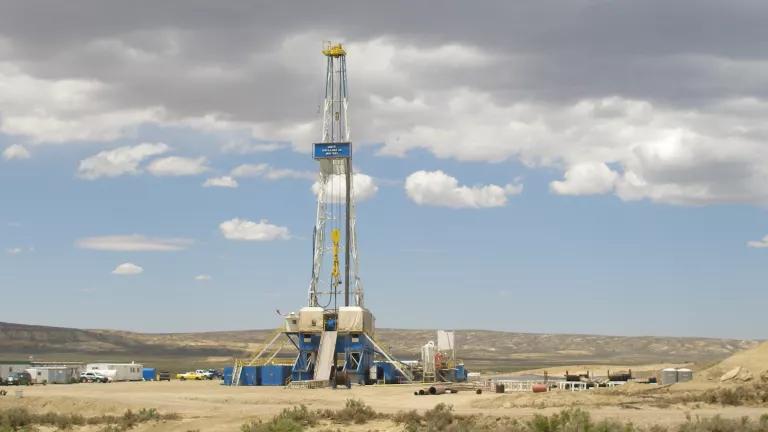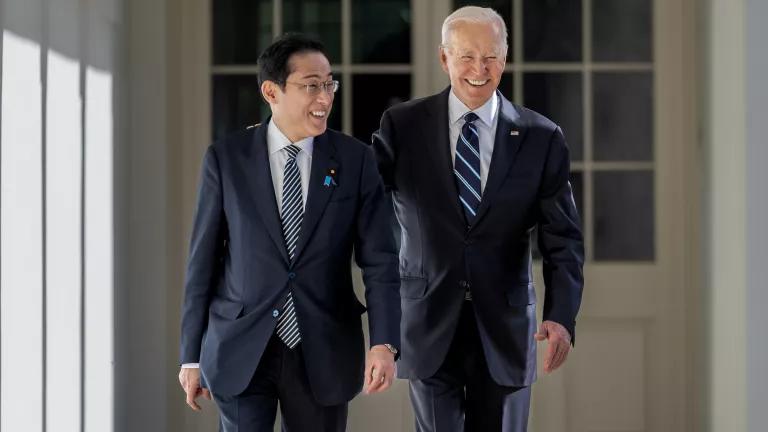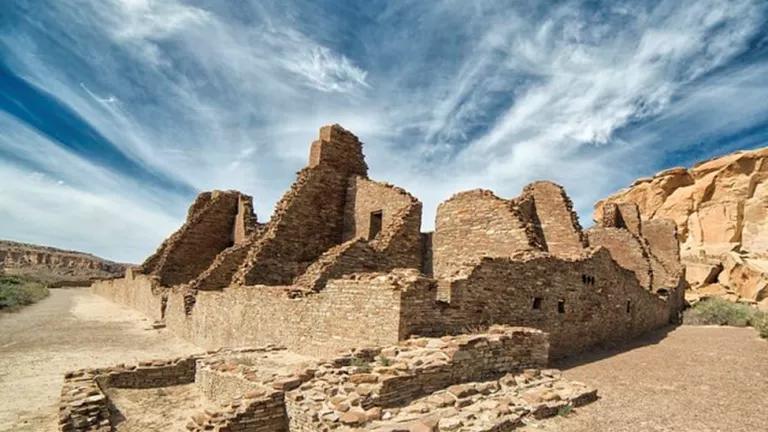
Pueblo Bonito ruins in Chaco Culture National Historical Park
Chaco Culture National Historical Park, in northwestern New Mexico, is a national treasure. It’s a remarkable landscape with cultural and archaeological significance, listed in the National Register of Historic Places and designated as a UNESCO World Heritage Site. It’s also one of the best places in the world for stargazing—an International Dark Sky Park.
Congress is now taking up legislation to protect these sacred public lands permanently.
In May 2019, NRDC and our partners scored a legal victory for the Greater Chaco Cultural Landscape when a federal appeals court vacated Bureau of Land Management permits to drill for oil and gas. Shortly thereafter, U.S. Representative Ben Ray Luján included language in a House interior appropriations bill directing the Bureau of Land Management to prioritize resource management planning updates for the Greater Chaco Cultural Landscape, engage in meaningful government-to-government consultation with tribes, and conduct ethnographic studies outside of the park’s 10-mile radius.
Similarly, a subcommittee of Senate Appropriations, led by Senator Tom Udall, issued a report accompanying an Interior appropriations bill with language that would prohibit the Bureau of Land Management from conducting any oil and gas leasing activities within a 10-mile radius of Chaco Culture National Historical Park pending completion of planning activities and tribal consultation. The appropriations bill passed the Senate Appropriations Committee unanimously and now heads to the full Senate for a vote.
In April, U.S. Senators Udall and Heinrich, along with the entire New Mexico delegation, introduced the Chaco Cultural Heritage Protection Act of 2019, to permanently protect lands within an approximately 10-mile radius around Chaco Culture National Historical Park, by withdrawing federally-owned oil and gas from availability for leasing or development. This includes many sites that are sacred and culturally important to the Pueblos and Navajo Nation. The intent is to preserve the integrity of Chaco’s irreplaceable resources and sacred landscapes for future generations.
The Greater Chaco Cultural Landscape not only encompasses Chaco Culture National Historical Park, but also surrounding areas that possess significant cultural resources. Chaco Canyon was the center of ancestral Puebloan culture beginning in the mid-800s. It flourished for more than 300 years. Archeological research in the park has yielded over 1.5 million artifacts and archival documents that reveal the history of the Chaco culture. The park is at the core of a much larger Ancestral Puebloan civilization that extended for hundreds of miles in the central San Juan Basin. This land is sacred to Navajo, Hopi, Zuni and other Pueblo Indians, and contains extensive ruins and artifacts.
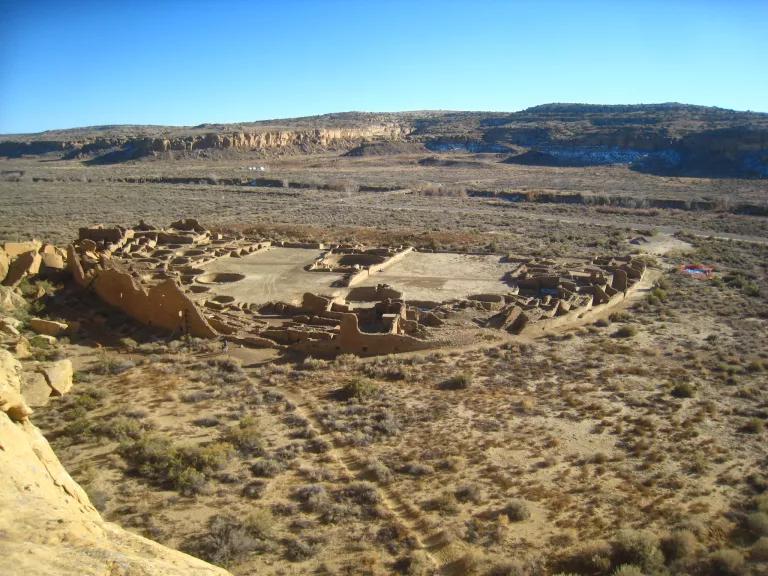
Pueblo Bonito and the Greater Chaco Canyon
Despite the Greater Chaco Cultural Landscape’s significance, extensive oil and gas development still occurs there, which jeopardizes the health and safety of surrounding communities and park visitors, natural resources, viewsheds, spiritual practices of Native peoples, and cultural and archaeological resources. The San Juan Basin is not only home to the Chaco Culture National Historical Park, but also to one of the most productive natural gas basins in the country.
Even with some 90 percent of public lands in this region already encumbered by oil and gas leases, the fossil fuel industry continues to encroach on the Greater Chaco Cultural Landscape. As previously noted, NRDC and our partners have responded with lawsuits seeking to prevent the Bureau of Land Management from unlawfully approving oil and gas development, including horizontal drilling and hydraulic fracturing (fracking), without first analyzing and disclosing to the public the environmental and cultural impacts of its decisions.
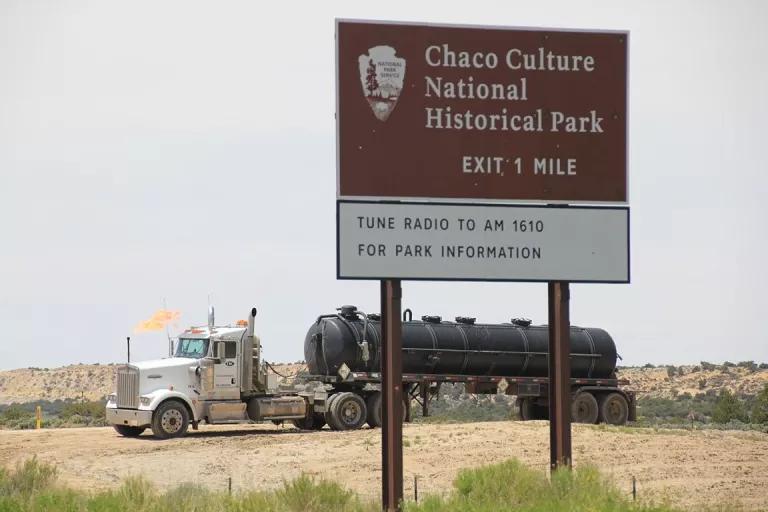
The good news is that courts and legislators are providing necessary checks and balances to protect this sacred place.
The Chaco Cultural Heritage Area Protection Act is an important first step in securing permanent protections for the Greater Chaco Cultural Landscape from further oil and gas development. But permanent protections should be extended to surrounding communities and areas that have not been thoroughly studied by archaeologists, after meaningful government-to-government consultation with tribes.
The Greater Chaco Cultural Landscape should be off-limits to further oil and gas development before we lose this cultural, spiritual, and archaeological epicenter forever.

